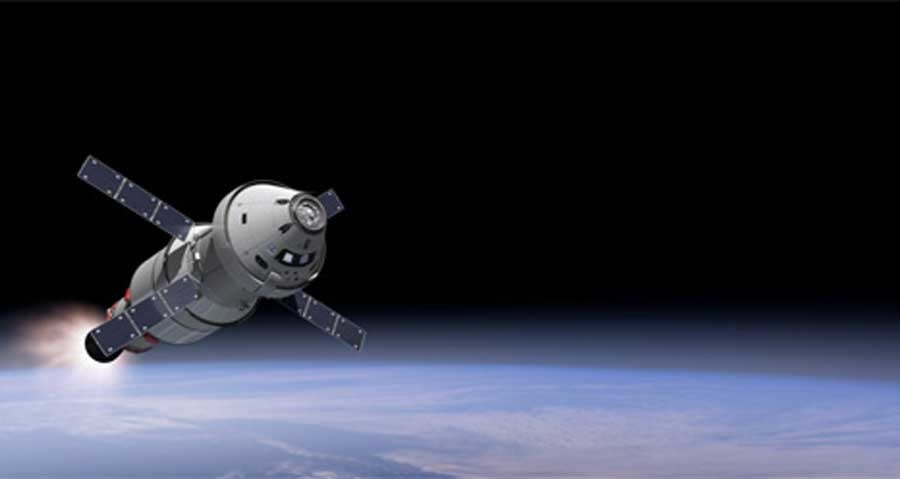When the Orion spacecraft blasts off atop NASA’s Space Launch System rocket in 2017, attached will be the ESA-provided service module — the powerhouse that fuels and propels the Orion spacecraft.
“Space has long been a frontier for international cooperation as we explore,” said Dan Dumbacher of NASA Headquarters in Washington, D.C. “This latest chapter builds on NASA’s excellent relationship with ESA as a partner in the International Space Station and helps us move forward in our plans to send humans farther into space than we’ve ever been before.”
The agreement primarily maps out a plan for ESA to fulfill its share of operational costs and additional supporting services for the International Space Station by providing the Orion service module and necessary elements of its design for NASA’s Exploration Mission-1 in 2017.
There are three major components to the Orion vehicle: the crew capsule, which will carry four astronauts into space on crewed flights and bring them home for a safe landing; the launch abort system, which would pull the crew module to safety in the unlikely event of a life-threatening problem during launch; and the service module, which will house Orion’s power, thermal, and propulsion systems. The service module is located directly below the crew capsule and will contain the in-space propulsion capability for orbital transfer, altitude control, and high-altitude ascent aborts. It also will generate and store power and provide thermal control, water, and air for the astronauts. It will remain connected to the crew module until just before the capsule returns to Earth.
“This is not a simple system,” said Mark Geyer from NASA. “ESA’s contribution is going to be critical to the success of Orion’s 2017 mission.”
Exploration Mission-1 in 2017 will be the first integrated flight test with both the Orion spacecraft and NASA’s new Space Launch System. It will follow the upcoming Exploration Flight Test-1 in 2014 in which an uncrewed Orion will launch atop a Delta IV Heavy rocket and fly to an altitude of 3,600 miles (5,800 kilometers) above Earth’s surface, farther than a human spacecraft has gone in 40 years. Lockheed Martin is building a test service module for the flight test.
Exploration Mission-1 in 2017 will launch an uncrewed Orion spacecraft to demonstrate the performance of the integrated Space Launch System rocket and spacecraft prior to a crewed flight. It will be followed by Exploration Mission-2, which will launch Orion and a crew of four astronauts into space.
“We have a lot to look forward to in the coming years with human exploration,” Dumbacher said. “NASA is thrilled to have ESA as a partner as we set out to explore our solar system.”










